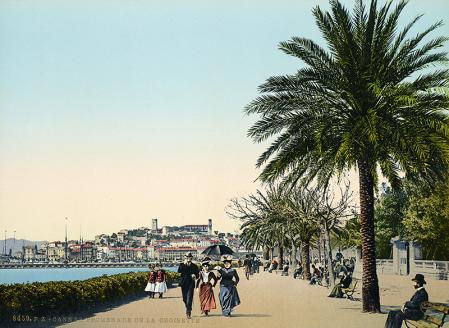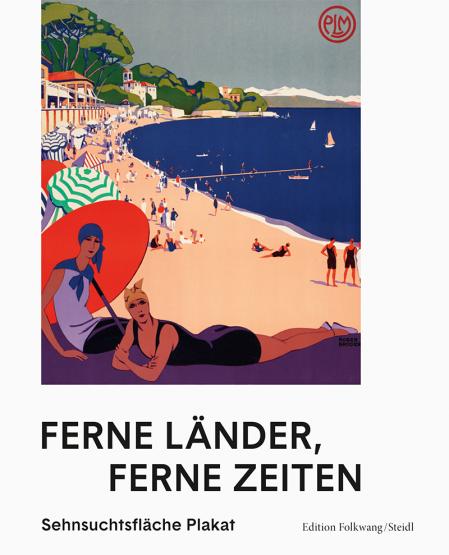FARAWAY COUNTRIES, FARAWAY TIMES
With stories by Felicitas Hoppe
Wanderlust, a longing for adventure and the desire to escape from everyday life: until well into the 20th century, travelling was denied to many people and was considered an elitist pleasure. At that time, wanderlust was satisfied with the help of pictures and travelogues. Travel posters, which advertised the fantastic and far-flung destinations in large format and colour, became a place of longing for most people – “journeys in the mind”.
The exhibition brings together around 300 historic and contemporary travel posters, supplemented by numerous photo-chromes, postcards and a replica of an imperial panorama. The history of travel posters dates back to the century before last: From the end of the 19th century, posters were already advertising luxurious travel destinations, especially in Europe and North Africa. Their appearance changed dramatically in the 1920s and 1930s, with technology and train speeds increasingly becoming an attraction and the subject of advertising. In the 1950s, some airlines commissioned renowned artists to design motifs for en-tire poster series, and when NASA launched a poster series for fictitious journeys to distant planets in 2019, these designs also became projection screens for the unimaginable.
The Museum Folkwang has been able to win the renowned writer Felicitas Hoppe for a literary companion for the exhibition. Hoppe is a specialist in her field on the subject of “travelling in the mind”: in her texts, she sheds a completely new light on the longings of travellers and those who have stayed at home. The writer has written exclusive and previously unpublished “liter-ary head trips” for eight chapters of the exhibition, which she recorded herself for the Museum Folkwang app and which can be read in the catalogue and in a small accompanying book.
One part of the exhibition focuses on the current situation: students from the Akademie Mode & Design (AMD) in Düsseldorf visualise their ideas on travelling in times of climate change and sustainability efforts. Can the dilemma of travelling between achievement and responsibility be solved?
Supported by

Share on





